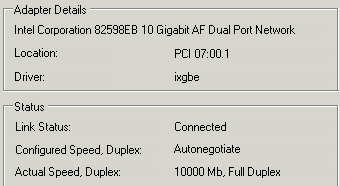Version 1.0 of the SVMotion has been released at http://sourceforge.net/projects/vip-svmotion/. New features include:
- No longer counts RDM files against datastore size, fixing the bug that plagued the last version.
- SVMotion operations against templates are not supported since VMware does not support them.
- Added tool tips that explain why a relocation cannot take place
- All SVMotion events write out a log, enabling better understanding of what went wrong in case of an error.
- Aside from the library that loads the plug-in, all of VMware's internal code has been replaced with the VI Toolkit for .NET.
- The project is now supported by almost 20 unit tests, helping to ensure fewer bugs and greater stability.
- The unit tests can be expanded to include testing for a system-resource supported number of servers since they use mock testing designed to work with the VI Toolkit for .NET.
- The project is now built using NAnt, which allows nightly builds of the source, creates distributions, and builds the MSI installer.









